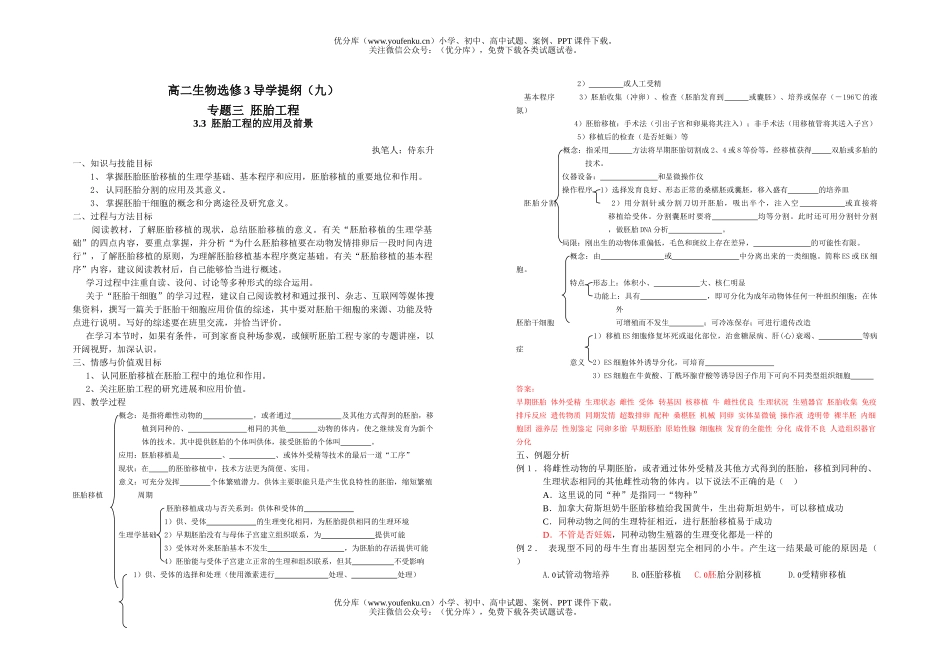The high school biology exam discussed in this article is from the curriculum of Grade 10 Biology, specifically Chapter 9: Genetic Engineering. The main objective of this exam is to assess students' understanding of key concepts related to genetic engineering, as well as their ability to apply this knowledge in various scenarios. The exam is designed to test students' comprehension and critical thinking skills, encouraging them to analyze and solve problems using genetic engineering principles.
Background Information:
The development of this exam was informed by extensive research on genetic engineering advancements, ethical considerations, and the importance of genetic engineering in various fields such as medicine, agriculture, and biotechnology. The curriculum aims to provide students with a comprehensive understanding of genetic engineering and its applications, enabling them to make informed decisions and contribute to the advancements in this field.
Exam Content:
The exam comprises multiple sections, each targeting different aspects of genetic engineering. Let's delve into each section and analyze the questions to gain a better understanding:
Section 1: Multiple Choice Questions
This section includes a set of multiple-choice questions that assess students' knowledge of basic genetic engineering principles, such as the techniques used in gene manipulation, the significance of recombinant DNA, and the ethical implications of genetic engineering practices. These questions aim to test students' recall and understanding of key concepts.
Section 2: Short Answer Questions
In this section, students are required to provide concise but comprehensive answers to a series of short-answer questions. These questions challenge students to apply their knowledge of genetic engineering to real-life scenarios and problem-solving tasks. The questions may involve analyzing genetic engineering case studies, identifying potential risks and benefits, or proposing strategies to address ethical concerns.
Section 3: Experimental Design
Students are presented with a hypothetical situation where they need to design an experiment related to genetic engineering. This section assesses students' ability to develop a scientific hypothesis, design appropriate experimental procedures, and identify suitable variables and controls. The questions aim to evaluate students' critical thinking and practical application of genetic engineering principles.
Section 4: Essay Questions
In this section, students are given a choice of essay questions related to genetic engineering. The questions require students to provide a well-structured, coherent, and evidence-based argument on specific topics, such as the future impact of genetic engineering on society, or the potential benefits and risks of genetically modified organisms. The essay questions provide an opportunity for students to showcase their analytical and communication skills.
Target Audience:
The primary audience for this exam is high school students in Grade 10 Biology who have completed the study of genetic engineering. The exam is designed to challenge and assess students' understanding and application of genetic engineering principles. By completing this exam successfully, students will not only enhance their knowledge of genetic engineering but also develop critical thinking, problem-solving, and communication skills that are valuable in scientific and real-life contexts.
Conclusion:
The Grade 10 Biology exam on genetic engineering serves as a comprehensive evaluation of students' understanding and practical application of genetic engineering principles. With a carefully designed structure and a range of question formats, the exam effectively measures students' knowledge, critical thinking, and problem-solving abilities. By examining genetic engineering from different perspectives, this exam helps students develop a holistic understanding of the subject and prepares them for future academic and career endeavors in the field of biology.


